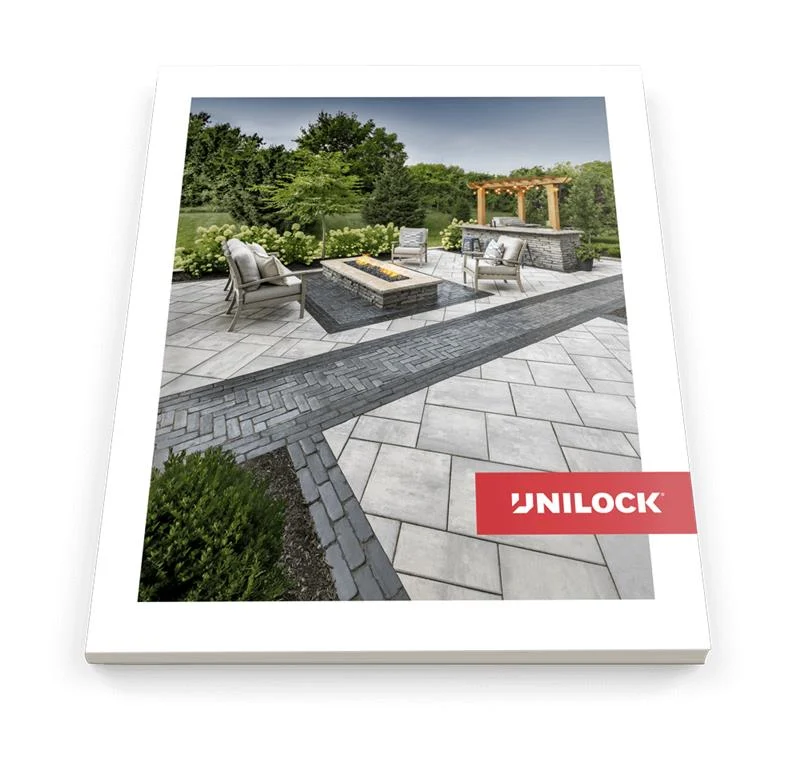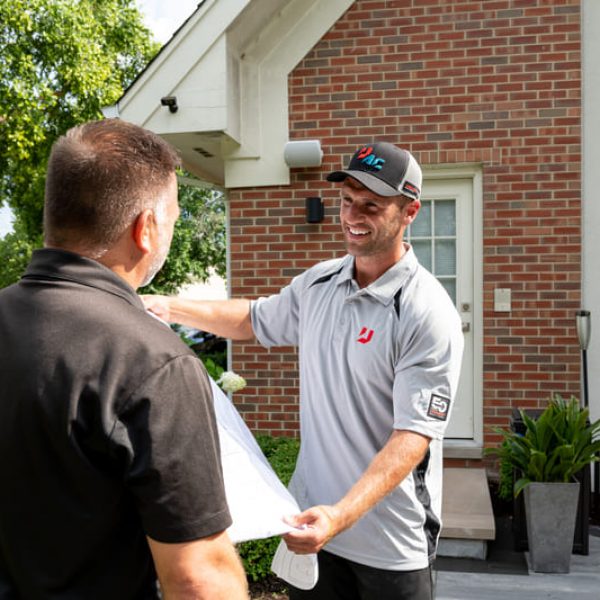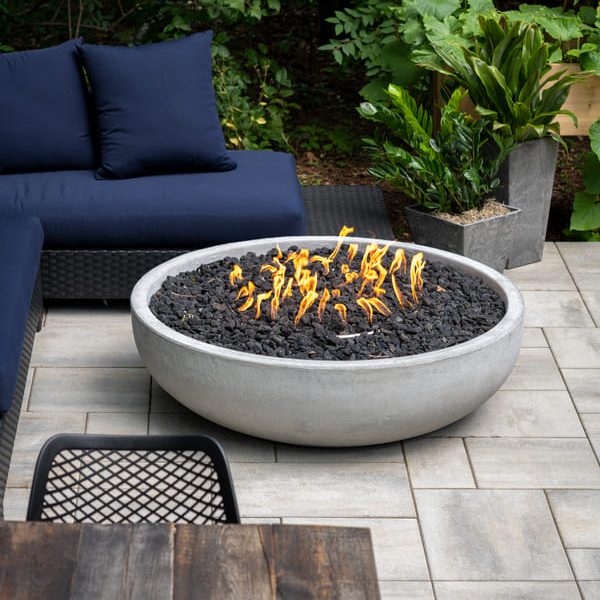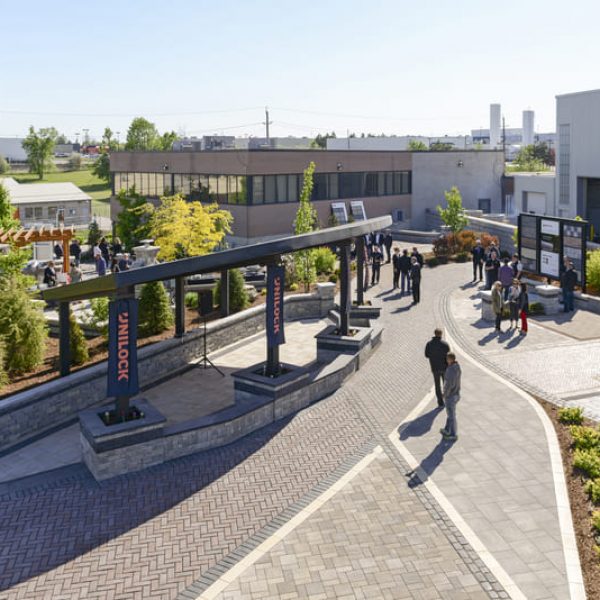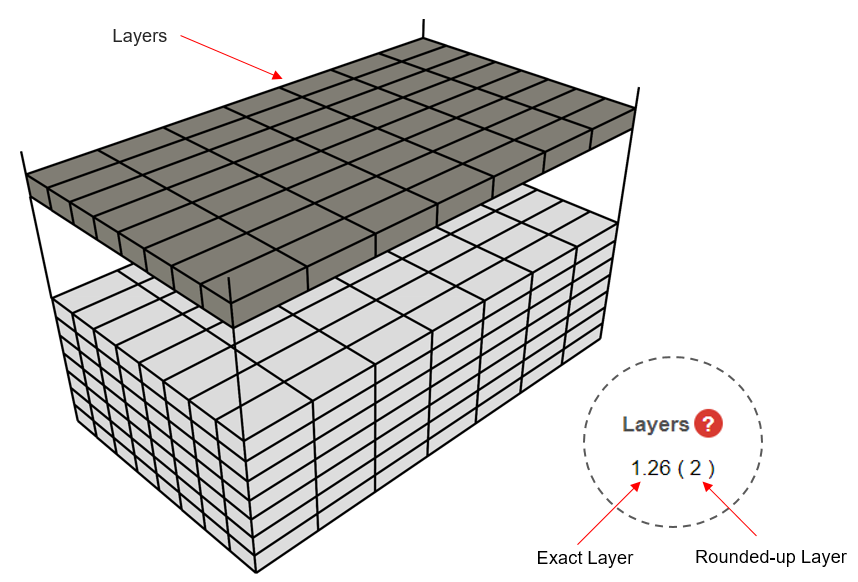
Many people prefer to enjoy the ambiance and natural beauty of their yards by extending their kitchen and dining spaces outside the home. With plenty of hardscaping and outdoor appliance innovations to choose from, homeowners are no longer confined to the standalone grill. A functional, aesthetically satisfying, and safe outdoor kitchen takes careful planning and effort to achieve. From climate considerations to power requirements, it is essential to work out the details before committing to an outdoor living project. Use these tips and ideas for creating the perfect outdoor kitchen and say goodbye to the days when running between your home and the grill was a hallmark of your backyard dining experience.
Determine the Essentials
First, it’s imperative to ask yourself which items are absolutely necessary for your outdoor kitchen space. A basic kitchen can include a grill or gas cooktop, compact refrigerator, sink, countertops, cabinets, and dining space. Based on your preferences – or budget – you might opt for extras, such as a bar or pizza oven. Hone in on the main features to determine your kitchen location and layout. Consider how the size and position of your selected cooktop or grill, for instance, will affect spatial and other requirements, such as adequate ventilation. Water, electric, and natural gas lines are often directed from the main home and may be subject to local code regulations, so think about how and where you intend to apply these utilities. Additionally, the quantity and scope of kitchen appliances and hardscaping will govern how many electrical outlets, as well as ground-fault circuit interrupters, you will require. Finally, ask yourself how lighting can best support the functionality of your kitchen necessities, and look into what kind of fixtures and electrical work is needed to realize this. Hiring trained professionals to design and build your dream outdoor kitchen ensures that your end project will be a great addition to your home’s living space.
Layout
Once you’ve decided on your outdoor kitchen essentials, it’s time to fit them into a practical and stunning layout. The ideal shape and size of your outdoor kitchen design will vary depending on space availability, budget, and which kitchen items you have deemed necessary. Generally, a well-designed outdoor kitchen is divided into four main areas for preparation, cooking, serving, and cleanup. The following layouts are popularly used and include variations of these distinct zones.
Stand Alone Counter
The basic stand alone counter, or “island,” triples as a prep, cooking, and cleanup station, and can accommodate a small refrigerator or storage space below. Perhaps the most economical of standard layouts, stand alone counters are great for small spaces, allowing for a smooth flow of foot traffic on all sides.
L-shaped
An L-shaped layout is comprised of two separate, but related “legs” which divide the main cooking station from useful counter space that acts as a prep, cleanup, and small food service area. The long end can also be converted into a bar, buffet table, or informal dining place by creating a split-level layout. With this feature both upper and lower countertops cater to the needs of the cook and guests simultaneously.
U-shaped
If you prefer a well-equipped, appliance-heavy outdoor kitchen space, a U-shaped layout is an excellent option. Three sides provide ample room for features and appliances, as well as prep, cooking, cleanup, and seating space. The U-shape is great for larger landscapes and keeps everyone, from the main chef to appetizer-grazing guests, together in one cohesive space.
With these layouts in mind, it’s important to consider how you plan to use your outdoor kitchen space. Will prep work primarily be done in the main home, or would you rather have a countertop available to complete everything al fresco? How much storage space will you require, and for which supplies and tools? Should your outdoor kitchen accommodate just a few guests, or be spacious enough to hold large dinner parties? In addition to having a clear vision about your outdoor kitchen’s function, it is wise to have all your appliances on site and measured before beginning any major hardscaping installation. At the very least, obtain the exact dimensions of large appliances before selecting and installing a hardscaping layout.
Hardscaping
Just as a layout isn’t only about aesthetics, neither is hardscaping. Be sure to select durable, weather-proof, and slip-resistant options that merge beauty and practicality together. Concrete pavers and retaining walls manufactured by Unilock are designed for maximum slip-resistance, low water absorption, and high load-bearing capacity. Available in a large selection of color, texture, and size options, Unilock products also come with a transferrable lifetime guarantee. This incredible attention to beauty and quality no longer stop with just concrete pavers and wall systems, however. Unilock now offers premium natural stone products, as well as porcelain pavers.
Likewise, countertop materials should be water and weather resistant, as well as scratch and stain resistant. Look into granite, bluestone, and polished concrete as options and confer with your landscape contractor about which choices are less prone to oil and grease absorption. Outdoor kitchen countertops offer vast design opportunities, as guests will often come into contact with this material up close while relaxing and eating at the counter.
Feature Considerations
As in any outdoor space, the quality and material of extra features must be suitable to withstand the elements. Do your research to find cabinets that are fully water-resistant. Frequently used options include stainless steel, teak, and marine-grade polymer, though the latter two tend to be heavy, so make sure your hardscaping can withstand them. If your outdoor kitchen requires a sink, go for stainless steel, which won’t easily deteriorate. Is a refrigerator on your list of necessities? Invest in an under-counter unit for seamless and non-intrusive integration, or go for a freestanding model with adequate room on all sides for proper ventilation. Again, stainless steel is your best bet because it won’t corrode.
An outdoor kitchen transforms a landscape into a lively entertainment space for any occasion. Creating the perfect outdoor kitchen for your home begins with choosing a professional contractor to work with. Contact a Unilock Authorized Contractor today for a free estimate.
